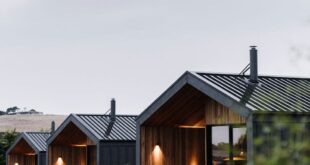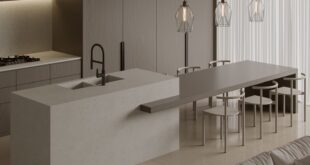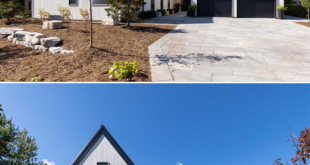
Designing a kid’s room can be a fun and exciting project that allows for creativity and imagination to run wild. When designing a kid’s room, it is important to consider the child’s interests, age, and personality to create a space that they will love and enjoy spending time in. From bright colors and whimsical themes to functional and practical storage solutions, there are countless ways to create a unique and personalized space for your child. Consider incorporating fun and interactive elements such as a chalkboard wall, a reading nook, or a play area to encourage creativity and play. Additionally, investing in durable and easy-to-clean furniture and decor can ensure that the room will withstand the wear and tear of daily use. Whether you are designing a nursery for a newborn baby or a playroom for a growing child, there are endless possibilities for creating a space that is both functional and stylish for your little one.
Designing a functional and aesthetically pleasing kids’ room can be a fun and creative process. Children’s rooms should be a reflection of their personality and interests while also accommodating their needs for play, storage, and rest. One key element to consider when designing a kids’ room is to create a space that promotes organization and tidiness. Utilizing storage solutions such as shelves, bins, and baskets can help keep clutter at bay and make it easier for children to keep their rooms neat and tidy.
Another important aspect of kids’ room design is providing a space that encourages creativity and imagination. Incorporating elements such as colorful artwork, interactive play areas, and whimsical decor can stimulate children’s minds and inspire them to explore their creativity. Including a designated art corner or a reading nook can provide a space for children to express themselves and engage in activities that promote learning and development.
When designing a kids’ room, it is also important to consider the functionality of the space. Ensuring that furniture and decor are child-friendly and safe is crucial in creating a space that is both fun and practical. Opting for durable materials, rounded edges, and soft furnishings can help prevent accidents and injuries. Additionally, creating separate zones for sleeping, playing, and studying can help children stay organized and engaged in different activities throughout the day. By carefully considering these elements in kids’ room design, parents can create a space that is both functional and visually appealing for their children to enjoy.
 home decor trends
home decor trends



